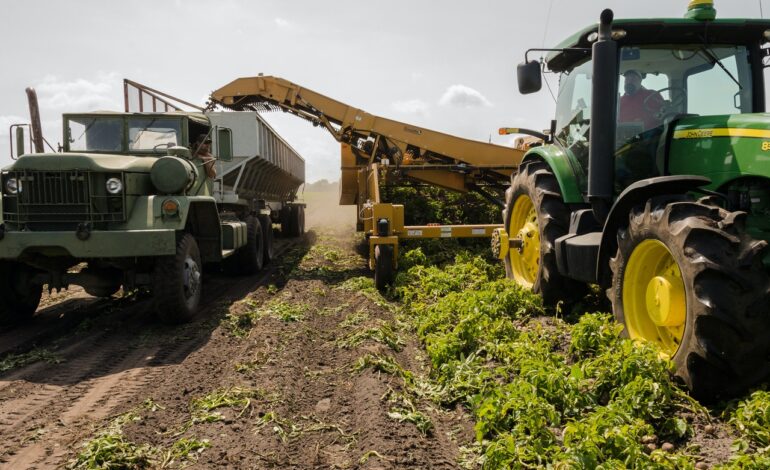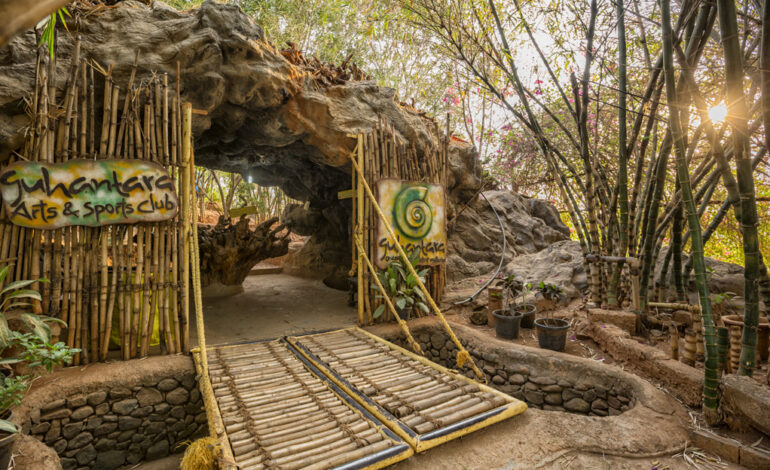Invest less energy on your PC! Make after creation quicker and more fun with our bit-by-bit tips for cluster editing in Lightroom. We as a whole love the consequence of after creation, yet there aren’t numerous photographers who love the grueling work of the advanced work process. Dumping, culling, selecting, shading, correcting, and retouching is not difficult to spend more hours in Lightroom than you invested in the actual shoot.
Table of Contents
Brief in Lightroom or Photoshop?
The main motivation to utilize Lightroom over Photoshop is editing rate and association. Photoshop can’t contend in any of those areas. Then again, there are things that Photoshop can do that Lightroom can’t. Whenever you need to alter accuracy and control, Photoshop is for.
Be that as it may, remember, the product isn’t simply an editing program. A picture of the executive’s framework will save things quite clean for you.
Lightroom turns out best for:
- Sorting through your pictures and picking the managers (culling)
- Clump editing pictures rapidly using presets, or cluster editing numerous photos without a moment’s delay
- Organizing numerous photoshoots
- Effectively locating beforehand taken photos
- Creating slideshows or designing books/collections
Guidance for Lightroom Newbies
Try not to be apprehensive! It’s an extremely intuitive program once you get in there and begin experimenting. Lightroom is certifiably not an “ideal to have” program. It’s an “absolute necessity to have” arrangement, so don’t allow yourself to get intimidated and surrender!
Give a brief period to investigate, and don’t fear joining a Lightroom training course to advance rapidly. You’ll be editing your next shoots a great deal quicker. You’ll effortlessly recuperate any work and cash invested in training.
Pro Tips:
The Lightroom Trick Most Photographers Aren’t Even Using.
Brilliant Collections in Lightroom are a HUGE efficient device whenever you need to rapidly pull in a grouping of photos from every unique organizer. In any case, Smart Collections are just as “shrewd” as you make them. They depend on your photographs’ metadata and the watchwords or ratings you’ve applied to your pictures. (For greatest effect, remember to add watchwords and ratings to your photos!)
Shrewd Collections are especially valuable for updating your portfolio. With Smart Collections, I can undoubtedly audit my number one wedding pictures by classification (Bride, Ceremony, Reception, and so forth) and date reach, and it’s finished within seconds.
Instructions to Batch Edit in Lightroom
Cole referenced cluster editing above, and he is correct: this is a colossal life hack! Hence, we’re outlining the means to group alter in Lightroom effectively. Execute this into your editing work process and save hours!
There are some different ways you can do group editing, so we’ll stroll through the choices, and you can pick which approach is best for your work process.
Choice 1: Apply Your Lightroom Preset on Import
Presets empower you to apply now and again utilized changes and alters to pictures instead of physically post-processing each picture. The easiest method for batching alter is to apply a preset during import to numerous photos.
Find the Images to Import
If you are not facing so much trouble, look for the photos you need to group alters and drag them into Lightroom while in the Library module. As you select pictures to import, be certain that they are large pictures you need to apply the equivalent preset to.
Apply the Preset During Import
Go to the right board in the import exchange, then, at that point, click the Apply During Import module. Under Develop Settings, pick the preset you need to apply to the photos as they import into Lightroom naturally. Consequently, it will apply the preset as you import various photos in Lightroom, saving you time customizing alters to each picture!
“There is a disadvantage of this strategy is that you can’t fix the activity after you import photos,” Cole points out. “If you have any desire to change presets, you’ll need to erase the photos and begin once again.”
Choice 2: Apply Presets in the Library Module
To apply presets during import, since you need the capacity to utilize different presets for varying lighting conditions, postures, or scenes, clump editing in the library module is your smartest choice!
Select Your Photos in Lightroom and Apply Preset
Select each picture you need to apply a certain preset in the Grid View option within the Library Module. Search for the Quick Develop board and snap on the drop-down menu under Saved Preset. In the wake of choosing the preset, you need to bundle alters photos with; lightroom will refresh the settings on all of your chosen photos.
Master Tip: Do You Know About the Painter Tool?
Select the little splash can symbol to utilize the Painter instrument. It engages you to apply preset or other custom settings to a mass assortment of pictures you feature in Grid Mode. You can bookmark this article about how to batch photo edit in Lightroom.
Continue Applying the Preset
Depending on the situation, apply your favored preset for each posture or scene. This strategy doesn’t have a review choice like the main method, so cautiously pick the preset you need to utilize. If it’s not working or you’ve committed an error, you can fix it by going to Develop settings and clicking on Reset. Likewise, you can utilize the console alternate route Command + Z (or Ctrl + Z for PCs.)
Choice 3: Sync Your Adjustments in the Develop Module
Whenever cluster editing is in Lightroom, you can likewise synchronize explicit changes you’ve made to the pictures while working in the Develop Module. Syncing your photo settings functions admirably when you need to synchronize something other than a preset across different pictures. Syncing is the best approach assuming you’ve made numerous acclimations to a picture using different instruments and sliders in the Develop Module, and you need to apply cluster processing to a few photos.
Alter an Image
Make your Lightroom alters to a photo using the Develop Module. You can bookmark this article about how to batch photo edit in Lightroom. It might include adding an angle channel, using the change brush, or changing the white equilibrium.
Select Images and Apply the Same Edits
Select the photos you need to apply the equivalent alters in the Develop Filmstrip view. Ordinarily, you will need to choose pictures with generally similar lighting conditions as the main picture you altered.
Sync to Batch Edit Photos
Now you need to click Sync, and from here, a settings box will spring up. Please take a look at the choices or alters you need to synchronize across every one of their chosen pictures. Then, at that point, click Synchronize and watch your photos “mystically” update with your adjusted preset!
“Once the alters are applied,” Cole reminded, “you can rapidly go through those photos in Lightroom and make any changes important.” You can bookmark this article about how to batch photo edit in Lightroom.
Choice 4: Use Automatic Syncing
While the Sync include is an extraordinary method for batching alter photos in Lightroom, you might need to synchronize a picture again, assuming you want some extra alters done to pictures. It would help to refresh the cluster as you work on an image. It would be smarter to utilize the auto-sync technique.
Pick Your Photos
Not at all like Sync. You won’t begin by working on the top picture. Rather, you’ll have to choose all of the photos in the series in the Develop module. You can bookmark this article about how to batch photo edit in Lightroom.
Make the Edits
You can turn on Auto Sync by clicking on the little switch close to the Sync button. It should show your first chosen photo in full view so you can alter it in detail. While you alter, the product will apply the altars for all picked photos that you need to cluster alter. You can bookmark this article about how to batch photo edit in Lightroom. Ensure you have a PC or PC that can handle photo editing programming; if not, this can make a bottleneck on your PC.
Clipping Path Benefits At Clipping Path Specialist
Since computerized programs are being used worldwide, everything goes a long way from cutting the method. It is fundamental for visual coordinators working for eCommerce organizations. We can toss photos of your stuff into another image without working with White Foundation. You can start here from our organization. We find problems that conflict with the main points of a picture.
The Clipping path specialists offer sorts of services:
- Clipping path
- Clipping path services
- Background removal
- Image masking
- Drop shadow
- Ghost mannequin
In conclusion, I want to say assuming your picture is the requirement of a rectangular picture. We can deal with it so easily. Another hand, you can plan to keep some print material on your photo. The clipping path process is essential for assisting with this. Our graphic designer will deal with your eCommerce site pictures. Besides, a pure picture comes from various procedures of the photograph. You can bookmark this article about how to batch photo edit in Lightroom.


